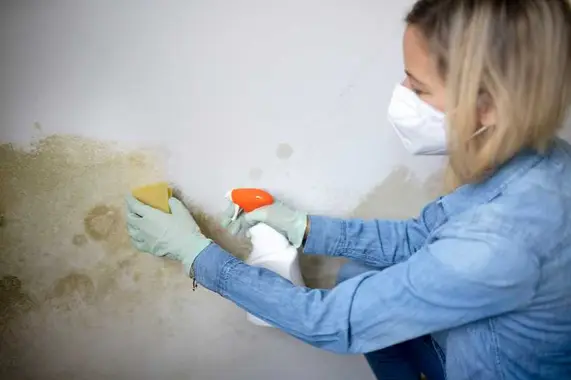The issue of mold in rental properties involves both landlord and tenant responsibilities. Both parties play a role in preventing and addressing mold problems. Here’s a general overview, but keep in mind that specific regulations may vary depending on your location, so it’s important to check local laws.
In this context, understanding the importance of timely water damage repair becomes paramount for residents and property owners in Wilmington. Fortunately, there are dedicated professionals and services available to assist in the restoration process, ensuring that properties are restored to their pre-damage condition. One such resource is the expertise provided by professionals specializing in water damage repair in Wilmington.
Landlord Responsibilities

- Providing a Safe and Habitable Environment: Landlords are generally required to provide tenants with a safe and habitable living environment. This includes addressing mold issues that can affect the health and safety of tenants.
- Maintenance and Repairs: Landlords are responsible for maintaining the property in good repair. This includes promptly fixing any leaks or water damage that could contribute to mold growth.
- Inspections: Landlords should conduct regular inspections to identify and address any potential mold issues. Inspections can help catch problems early before they become major concerns.
- Educating Tenants: Landlords should provide information to tenants on how to prevent mold growth, such as proper ventilation, cleaning, and reporting any leaks promptly.
- Remediation: If mold is identified, landlords are generally responsible for taking steps to remediate the issue. This may involve hiring professionals to remove the mold and addressing the underlying cause, such as fixing leaks.
Tenant Responsibilities

- Reporting Issues Promptly: Tenants should promptly report any leaks, water damage, or signs of mold to the landlord. Timely reporting can help prevent the issue from worsening.
- Proper Ventilation and Cleaning: Tenants should practice good housekeeping, proper ventilation, and cleaning habits to prevent mold growth. This includes using exhaust fans in bathrooms, promptly cleaning up spills, and ensuring good airflow.
- Using Property as Intended: Tenants should use the property as intended and not engage in activities that could contribute to mold growth, such as blocking ventilation or creating excessive moisture.
- Cooperation during Remediation: If mold is identified, tenants are generally required to cooperate with the landlord’s efforts to remediate the issue. This may involve temporarily vacating the property during remediation.
It’s important for both landlords and tenants to be aware of their rights and responsibilities outlined in the lease agreement and local housing laws. If a dispute arises, it’s advisable to seek legal advice or mediation to resolve the issue.
Conclusion
In conclusion, addressing mold in rental properties requires a collaborative effort between landlords and tenants. Landlords bear the responsibility of providing a safe and habitable living environment, conducting regular inspections, and promptly remedying any issues contributing to mold growth. On the other hand, tenants play a crucial role in preventing mold by reporting problems promptly, practicing good housekeeping, and cooperating during remediation efforts.
For comprehensive mold remediation services, professional assistance is often crucial. Websites like https://www.moldremediationpros.net/ can serve as valuable resources for both landlords and tenants seeking expert guidance. By accessing such services, individuals can benefit from specialized knowledge and assistance in tackling mold issues effectively, ensuring a healthier and safer living environment. Regular communication, adherence to responsibilities outlined in the lease agreement, and a proactive approach to mold prevention are key factors in fostering a positive landlord-tenant relationship and maintaining a mold-free rental property.
